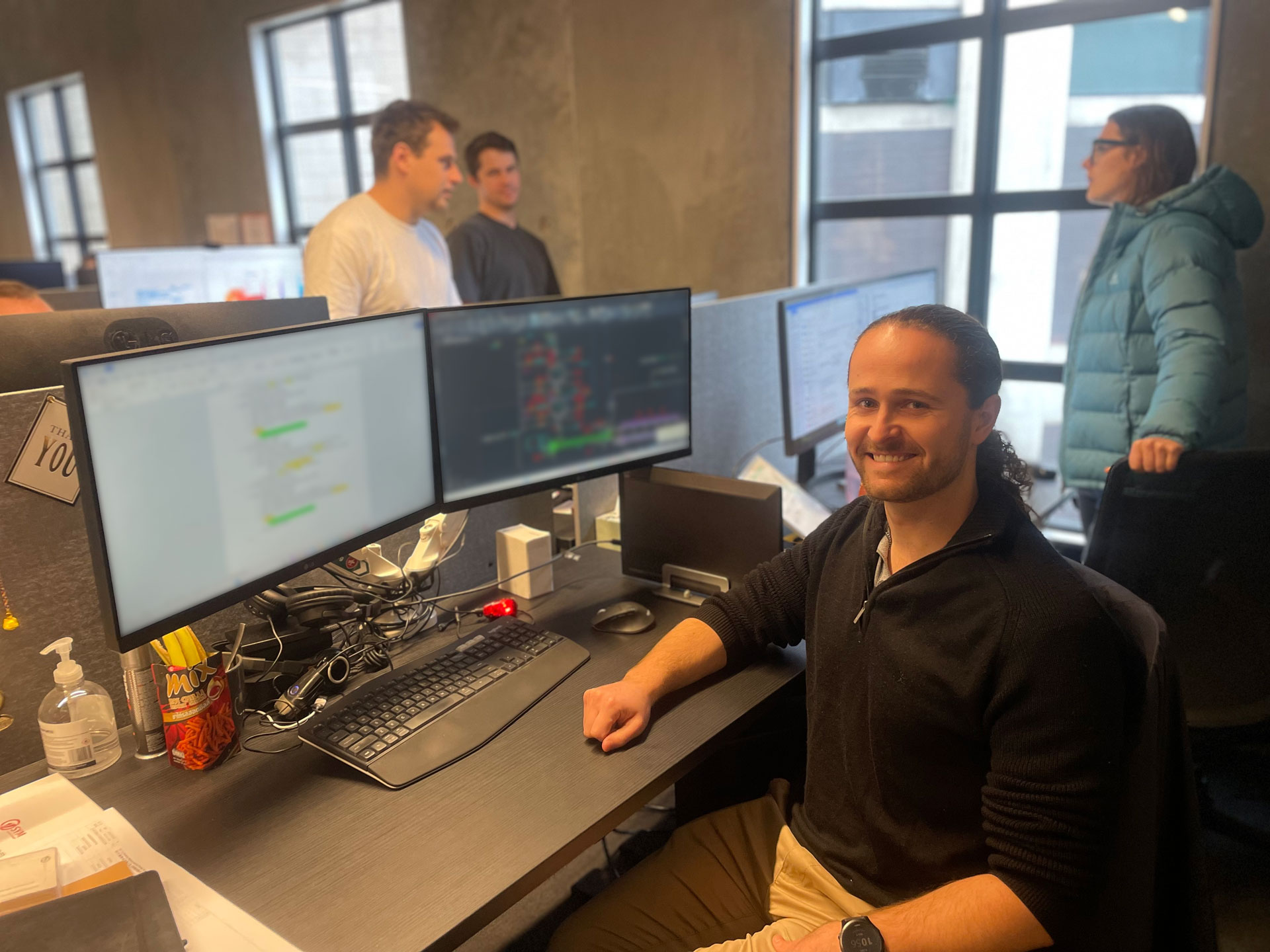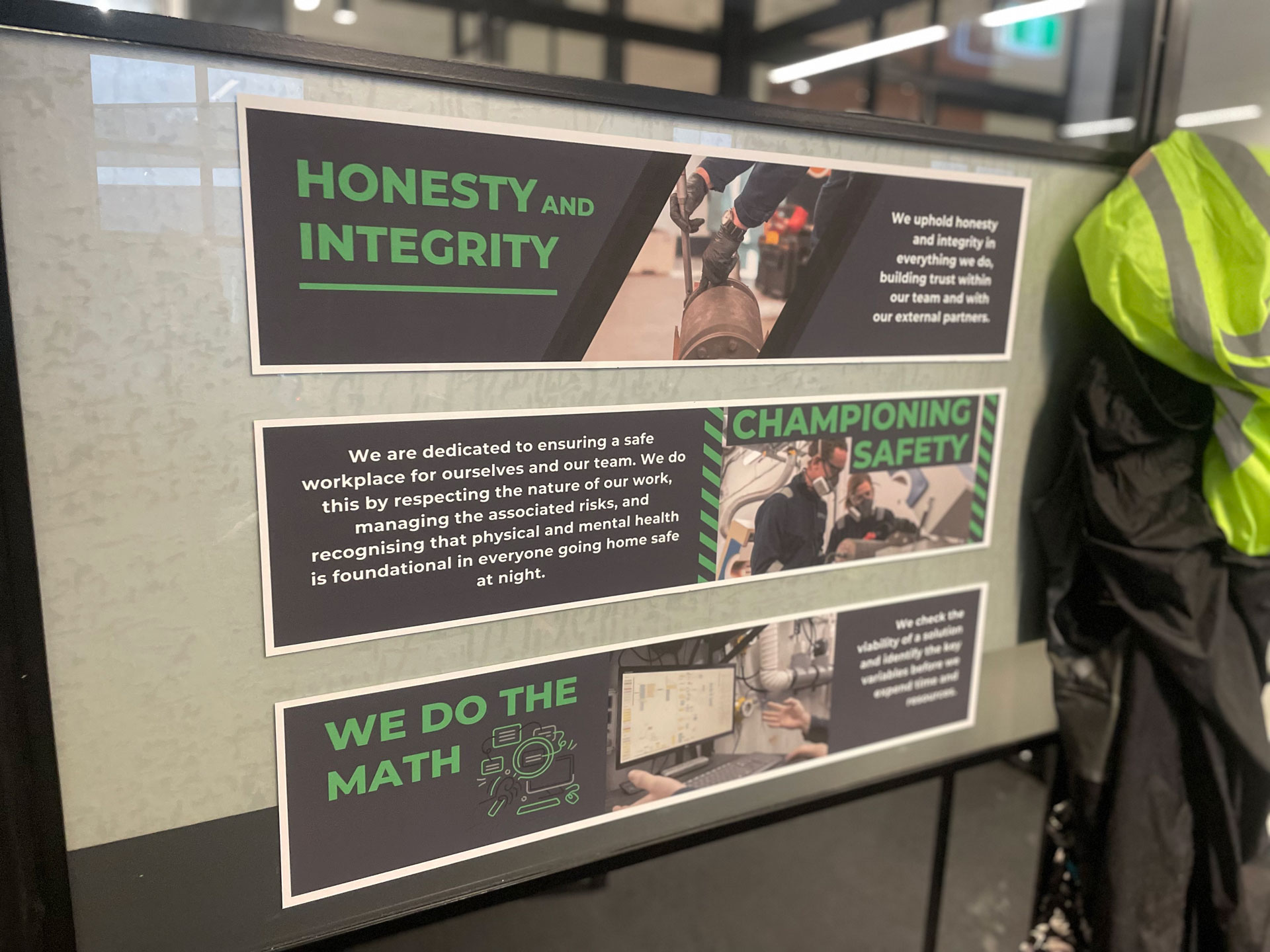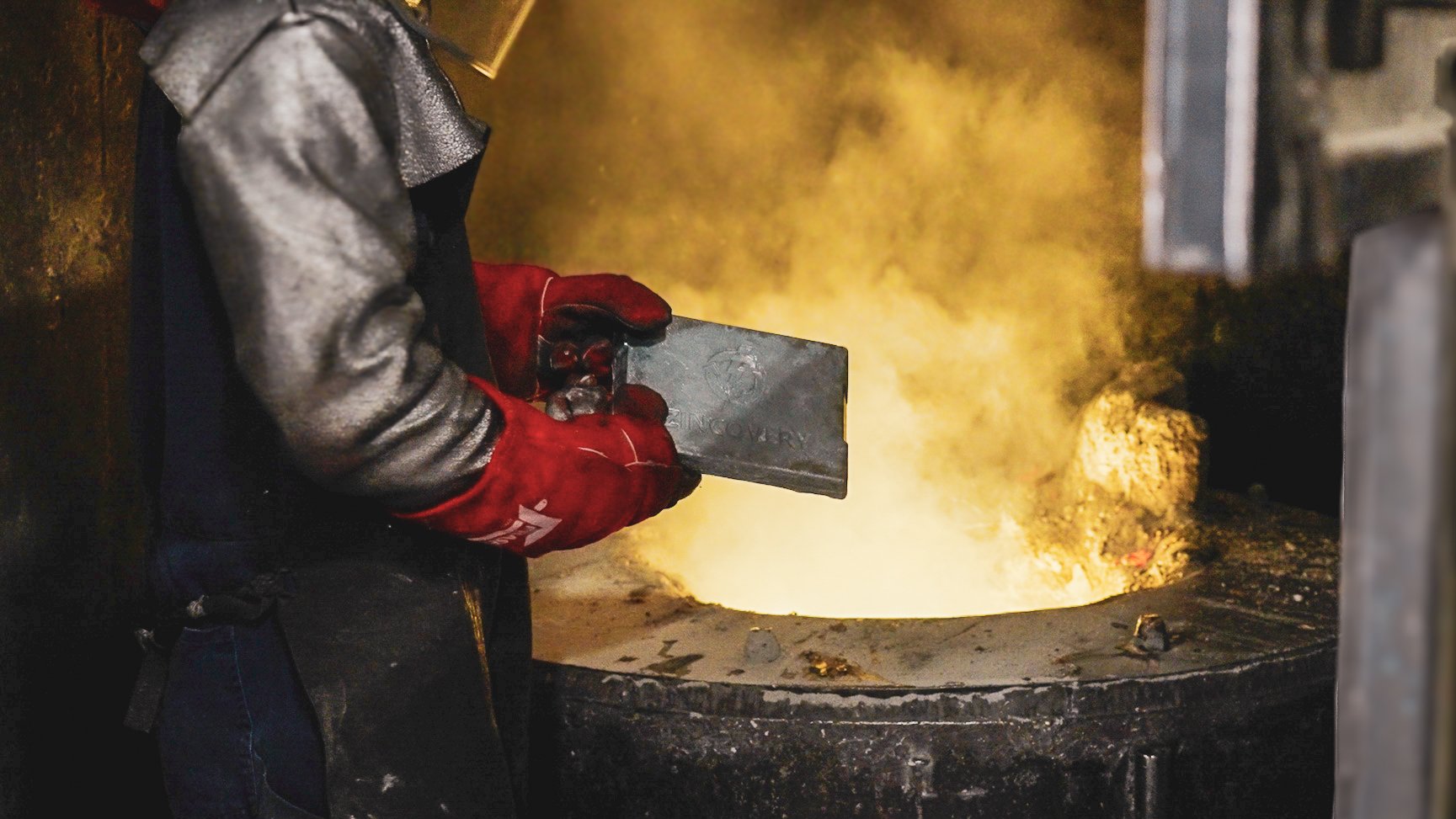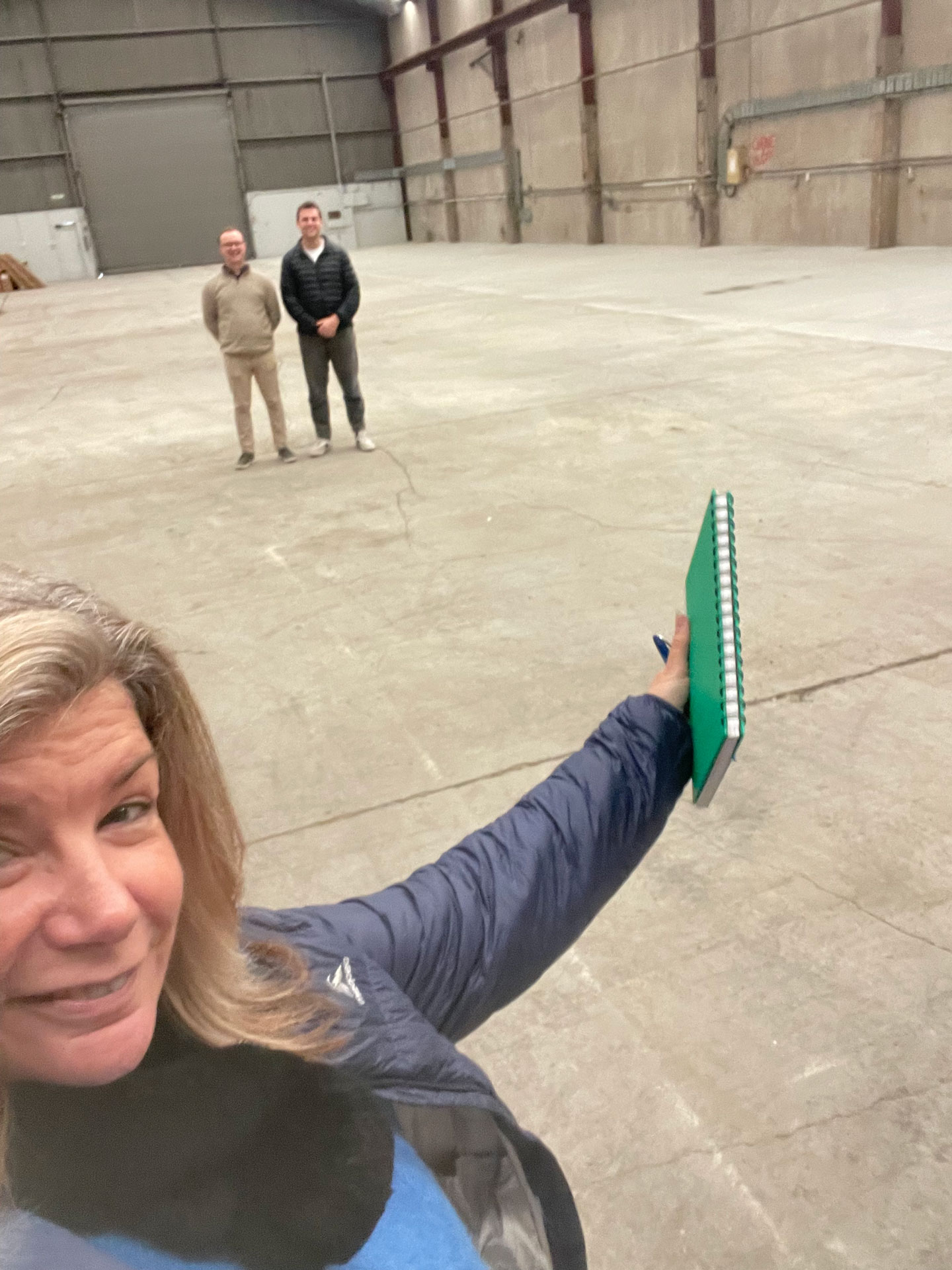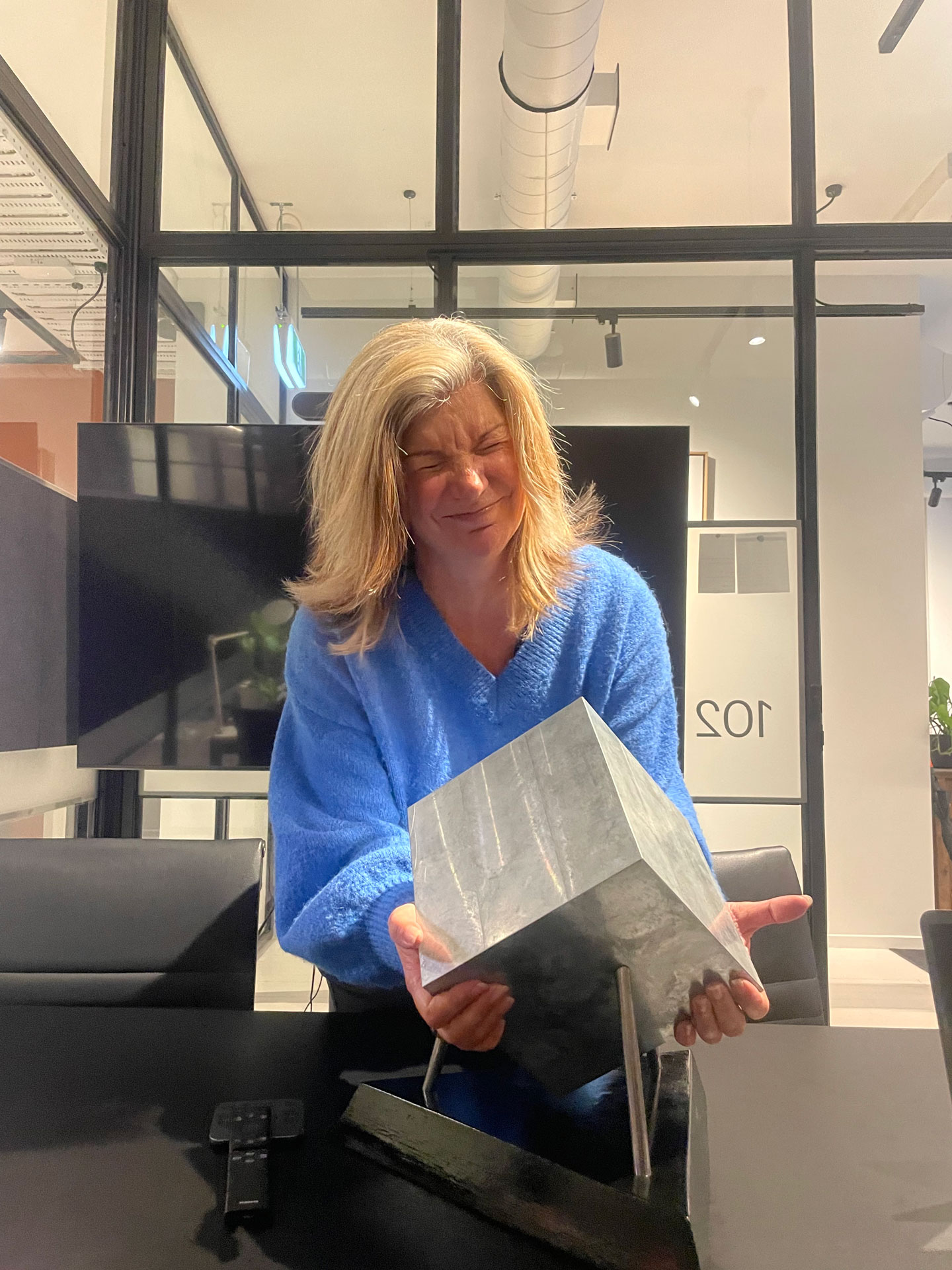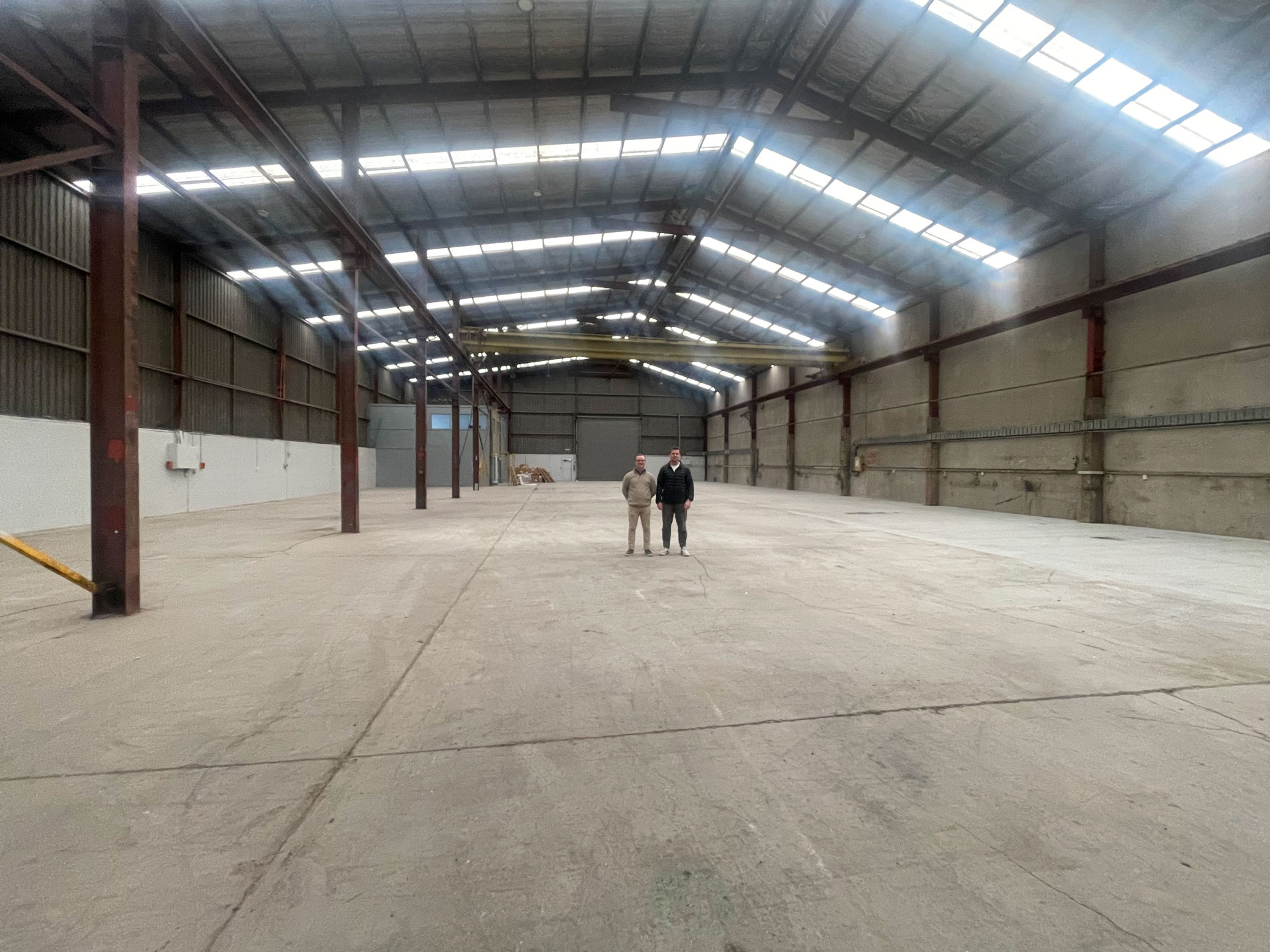As the world races toward a net-zero carbon future, one truth often goes unspoken: our transition to renewable energy depends on an immense and growing supply of critical minerals. Lithium, cobalt, nickel, copper, and rare earth elements — these are the lifeblood of our clean energy infrastructure. Indeed in the new world order, it’s the metals beneath our feet that will power the world above.
They already are — but the demand is set to explode, increasing sixfold in the coming decades.
Ironically, the process of extracting these critical minerals is far from sustainable. And I’m not just talking about traditional mining processes – but moreover, the refining and processing stages.
Next time you proudly push the start button on your electric car (which, by the way, requires six times more mineral inputs than a conventional vehicle yet is still the optimal choice on balance), try not to picture the coal burnt, the orangey-brown iron slag drifting into the ocean, or the irreplaceable minerals lost as waste in today’s inefficient, energy-intensive critical minerals extraction processes.
Low-impact, clean metal extraction is the missing link in the sustainability chain. But thanks to world-first innovators like the team I met in Christchurch last week, that link is being forged right here, right now. This ingenuity is incredibly exciting because it brings the clean energy revolution closer, sures up supply chains, reduces reliance on offshore supply in unstable geopolitical times, creates jobs and is better for people and planet in every conceivable way.
Despite a brisk 5°C Christchurch morning, I received a warm welcome from the team at Zincovery, a group of Kiwi innovators revolutionising metal purification. From steel mill waste, they’re producing purified Zinc — essential for galvanised steel in construction, corrosion protection, alloys, and even in supplements and medicines.
It’s a NZ closed-loop, waste-to-value success story — and the numbers are mind blowing.
Compared to the dirty, coal-hungry kilns commonly used globally, Zincovery’s clean-tech recycling method slashes carbon emissions by 95%, cuts energy use by 70%, and all with 50% less cost!
Core to their technology is a hydrogen-based reduction process which can selectively liberate zinc from difficult-to-process wastes.
And what is even more impressive? This same technology can refine ore directly — extracting multiple critical minerals at once, without pollutants, faster, without waste, and like the recycling process – at a fraction of the cost. Goodbye orangey-brown sludge and hello game-changing efficient critical metal processing. This is high-yield biotech in action. More minerals, with less process and waste = maximum impact.
The economics are key. Because when clean metal is not just better but also cheaper, market forces will tip the scales in favour of sustainable practices. That’s when we make real meaningful impact.
With innovation like this, clean metals can become the new standard — not the premium.
Behind me (in what might be my least flattering selfie) is Zincovery’s 1400-square-metre facility, soon to be brimming with advanced kilns and purification tech. This Christchurch facility will be the largest industrial plant of its kind in New Zealand.
This isn’t just a story about metals. It’s a story about momentum towards the clean energy transition and a stronger wellbeing economy.
Right here in Middle earth, world-class innovators are showing the world how to decarbonise and catalyse a clean energy future. What began as a bold hypothesis by founder Jonathan Ring at Canterbury University has since attracted millions in seed funding — proving that we can close the loop on waste and forge a future where sustainability is the new standard.
And luckily, I am privileged to capture the story! Watch this space.
